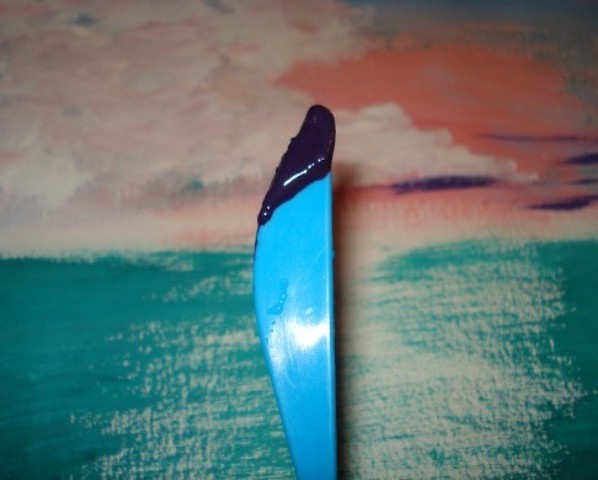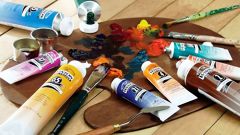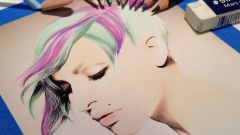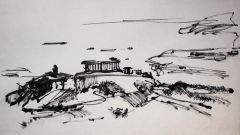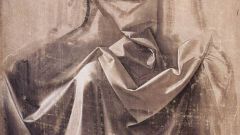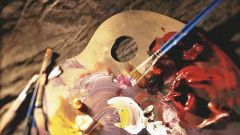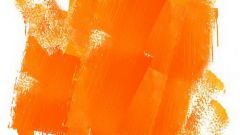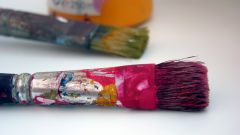Instruction
1
In the Arsenal of artists, there are two similar tools: a spatula and a palette knife. If the first mix oil on the palette, the second is applied or, conversely, scrape the paint from the canvas. You can distinguish them by the curved handle, which allows the artist to paint with a palette knife, without touching the hand to the canvas. Spatula is usually flat.
2
Prime the canvas and let it dry. If necessary, apply sketch future work slate pencil.
3
Write major portions of the oil painting with a brush. If you're writing a still life, try to paint the background using a palette knife, using the flat side.
4
Mix on the palette a large number of oil paint, so it can be applied to three-dimensional strokes, contrasting with the texture of the canvas. If you're doing a stylized style of the Impressionists, the use of pure bright color.
5
Take adequate amount of paint with the tip of a palette knife. Apply the paint onto the canvas and spread it over the surface, creating a background for a still life. Work with a palette knife like a trowel in the filler walls. Thus the creation of a background will be completed much faster than if you worked with a brush. However, in this technique, the spatula will not allow you to create play of colors: the background is plain and odnofanturnoy. To diversify its mix of shades of the main color of the background. To show the folds in the drapery or the play of colors and shadows, use the base color, adding light and dark hues diversify it in other vivid colors.
6
Step away from the painting and look at it from afar. This will allow you to understand where, from the point of view of composition, you need to apply additional color and to make the volumes of the drapery. To draw folds in the fabric with a knife you need sides. Apply a BLOB of paint on the canvas with the tip or edge of a palette knife and gently align it with the flat side of the tool. Create the effect of the bending of the fabric of not only color, but also projections when applying the paint.
7
Using a palette knife to create dimensional accents on the still-life objects. Apply paint with the tool tip, applying it with the flat side to the canvas. The edges of the blade will leave a textured, angular traces that the subject is subtle and expressive, slightly sharp.
8
To show the volume, for example, rose thorns, apply paint with the tip of a palette knife, lifting the blade up. The paint will like to reach for your hand, leaving a voluminous elongated tracks.
9
Play with the texture of other items. Apply paint quickly and vigorously moving hand. See how the spatula is listening to your traffic, some bizarre form leaves paint on canvas. If you have caused excess capacity, scrape the paint with the edge of a palette knife.
